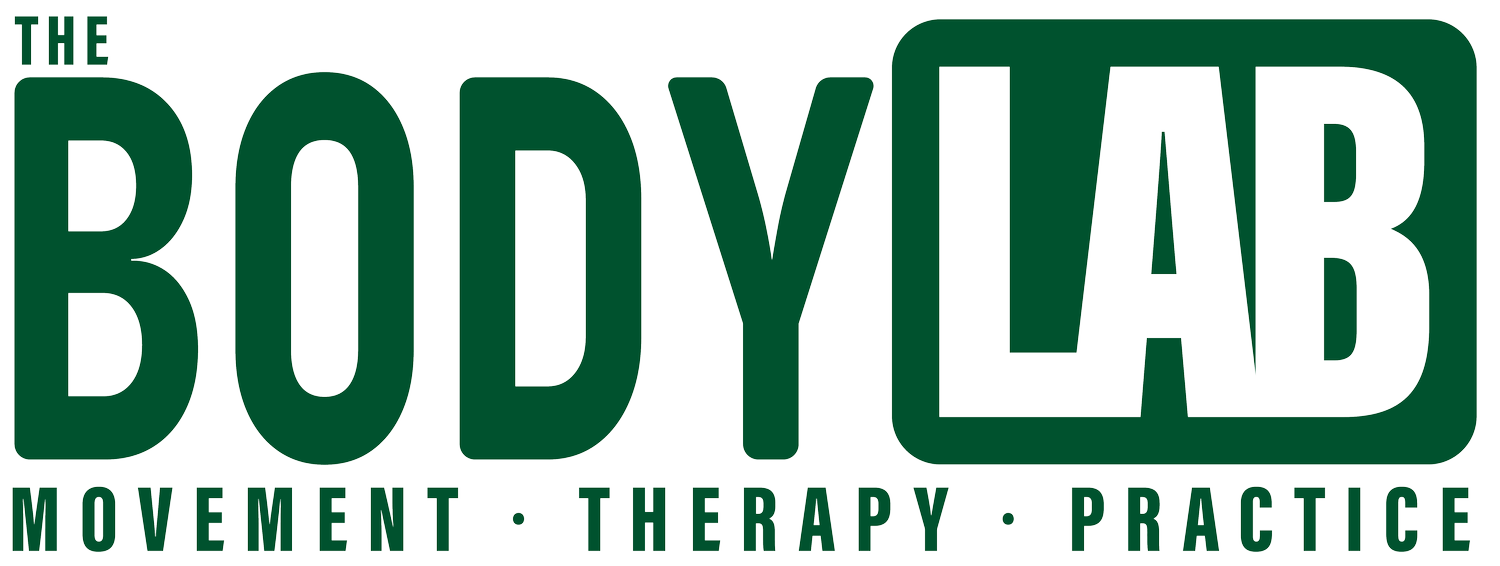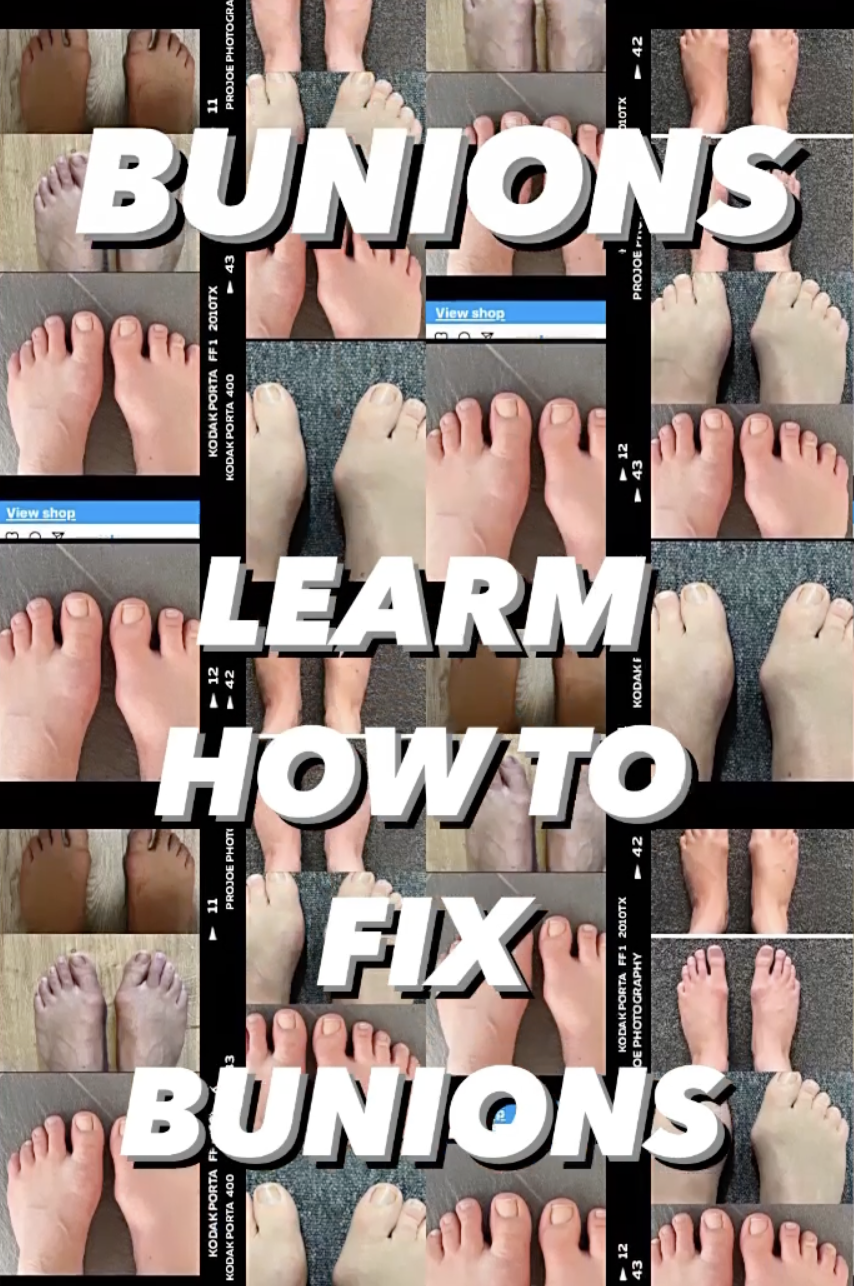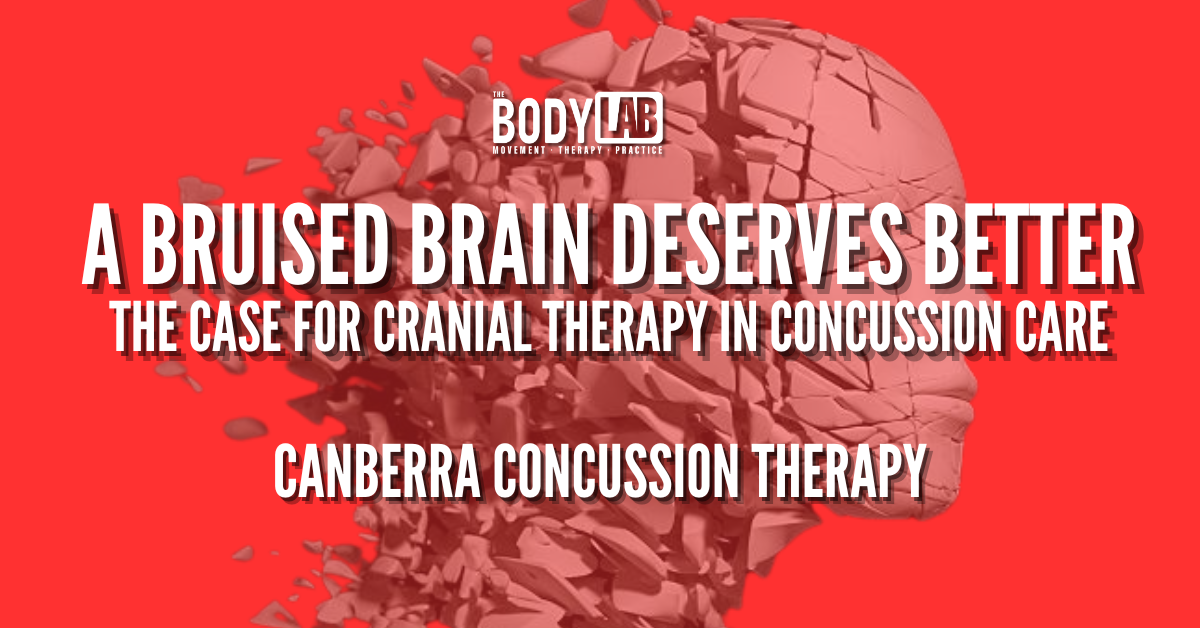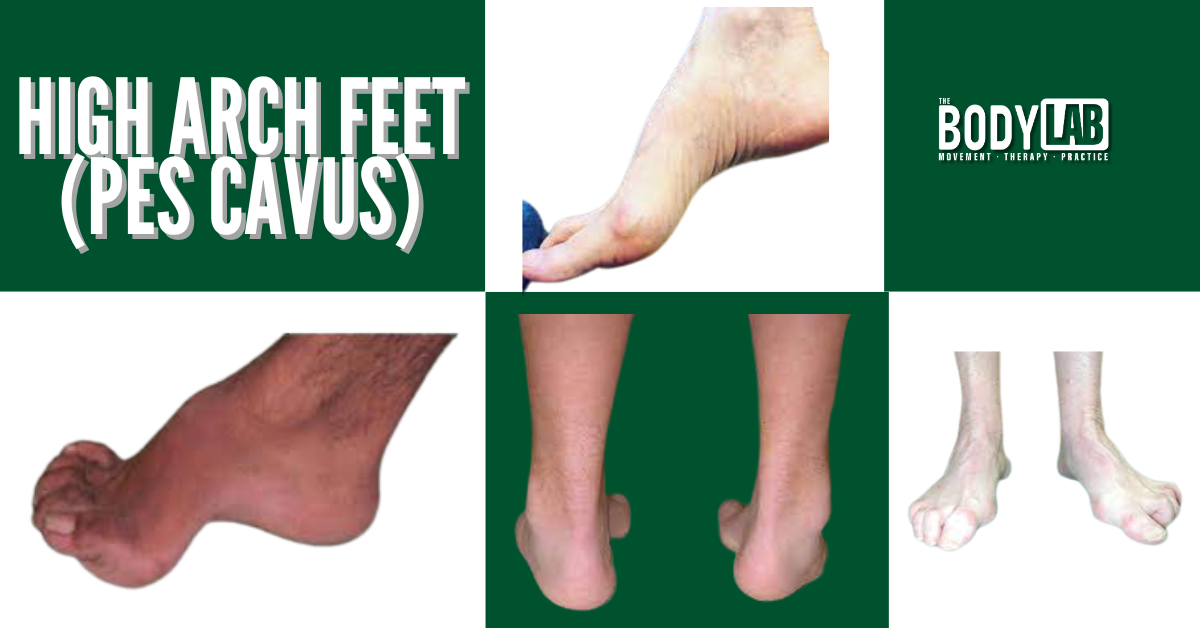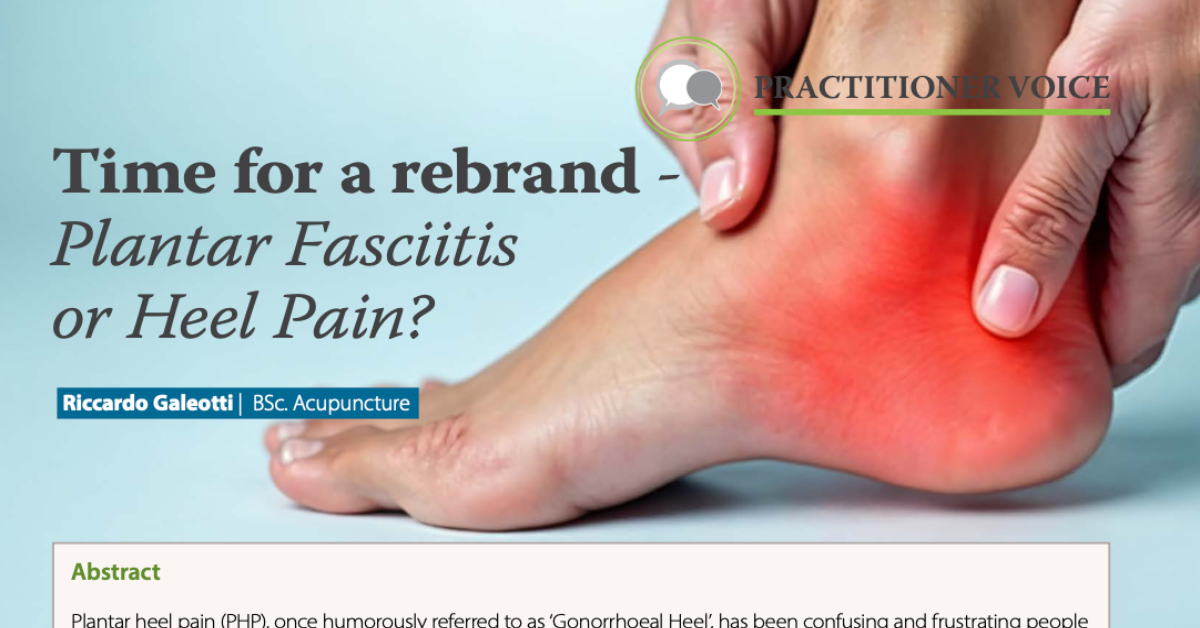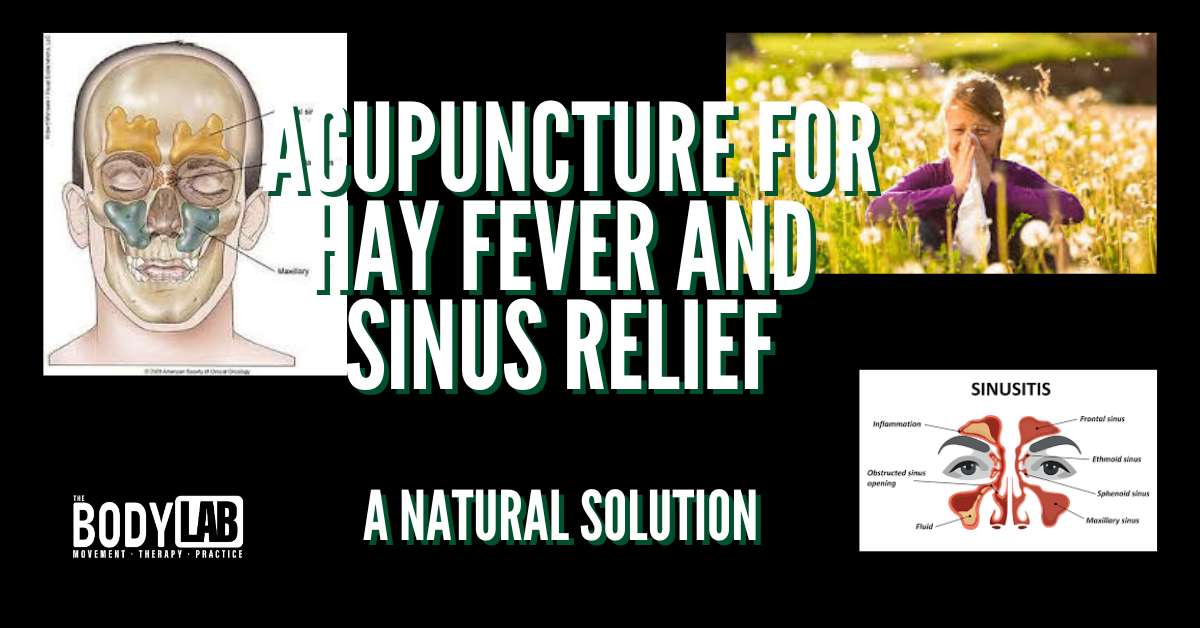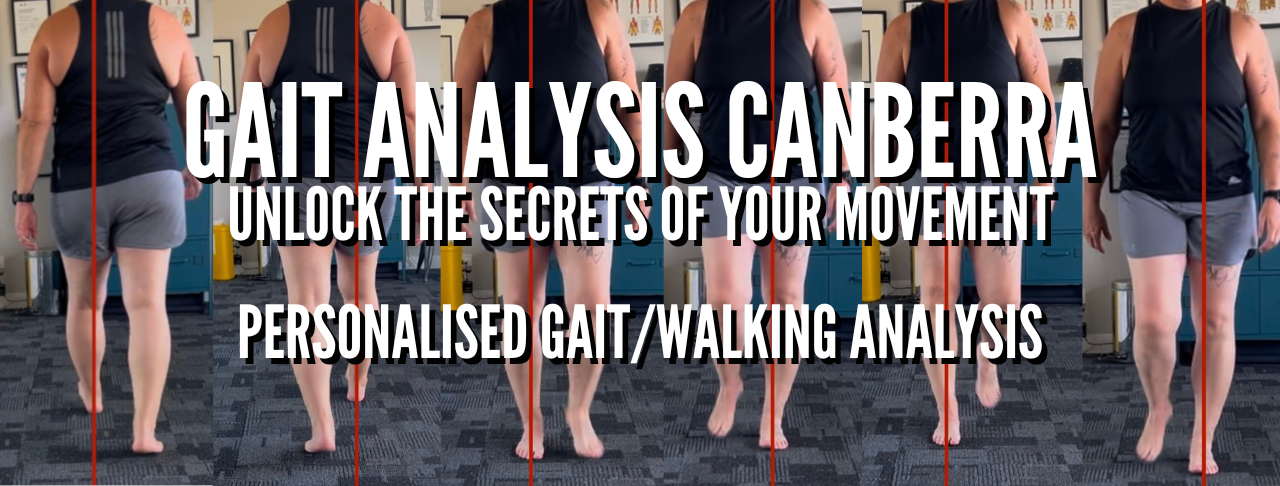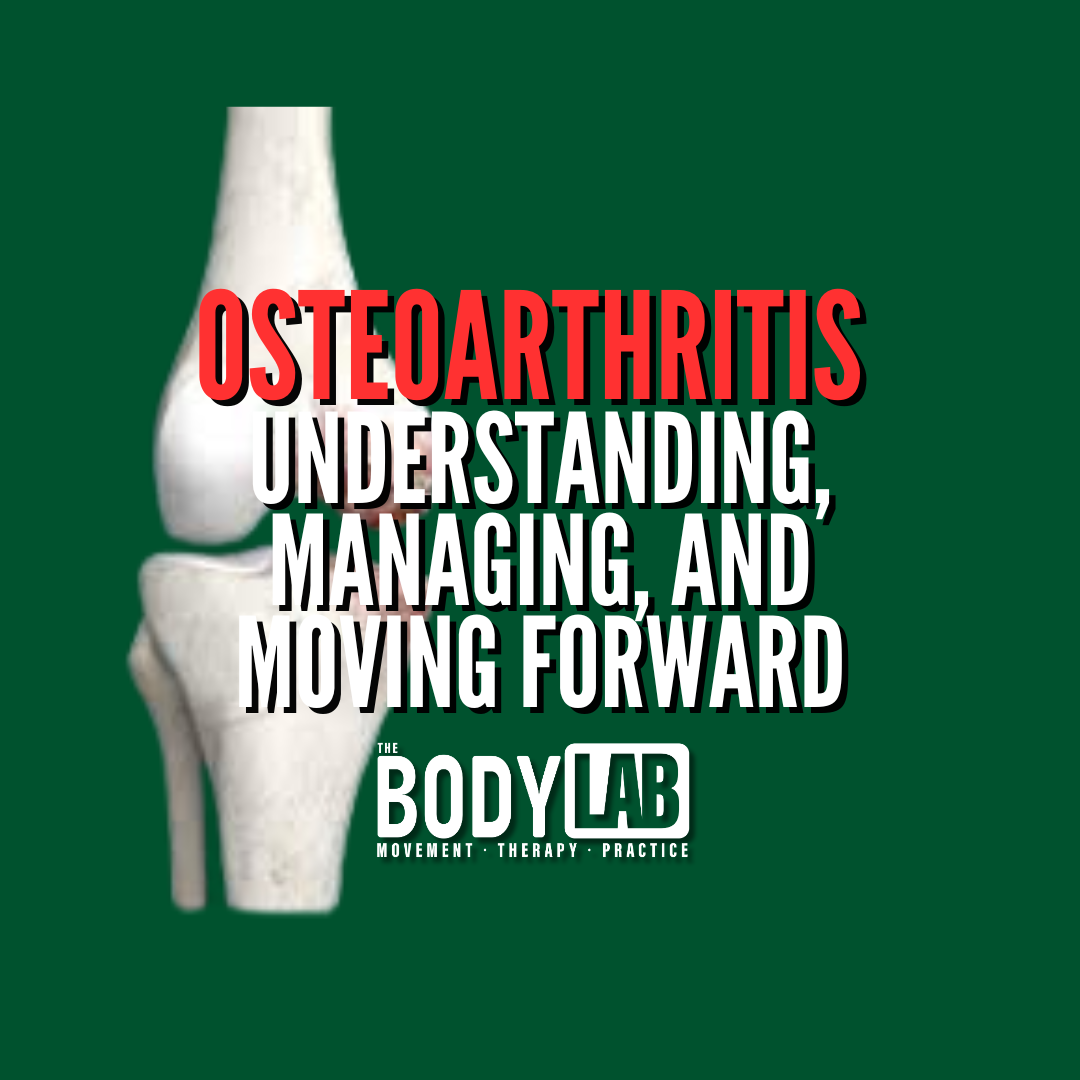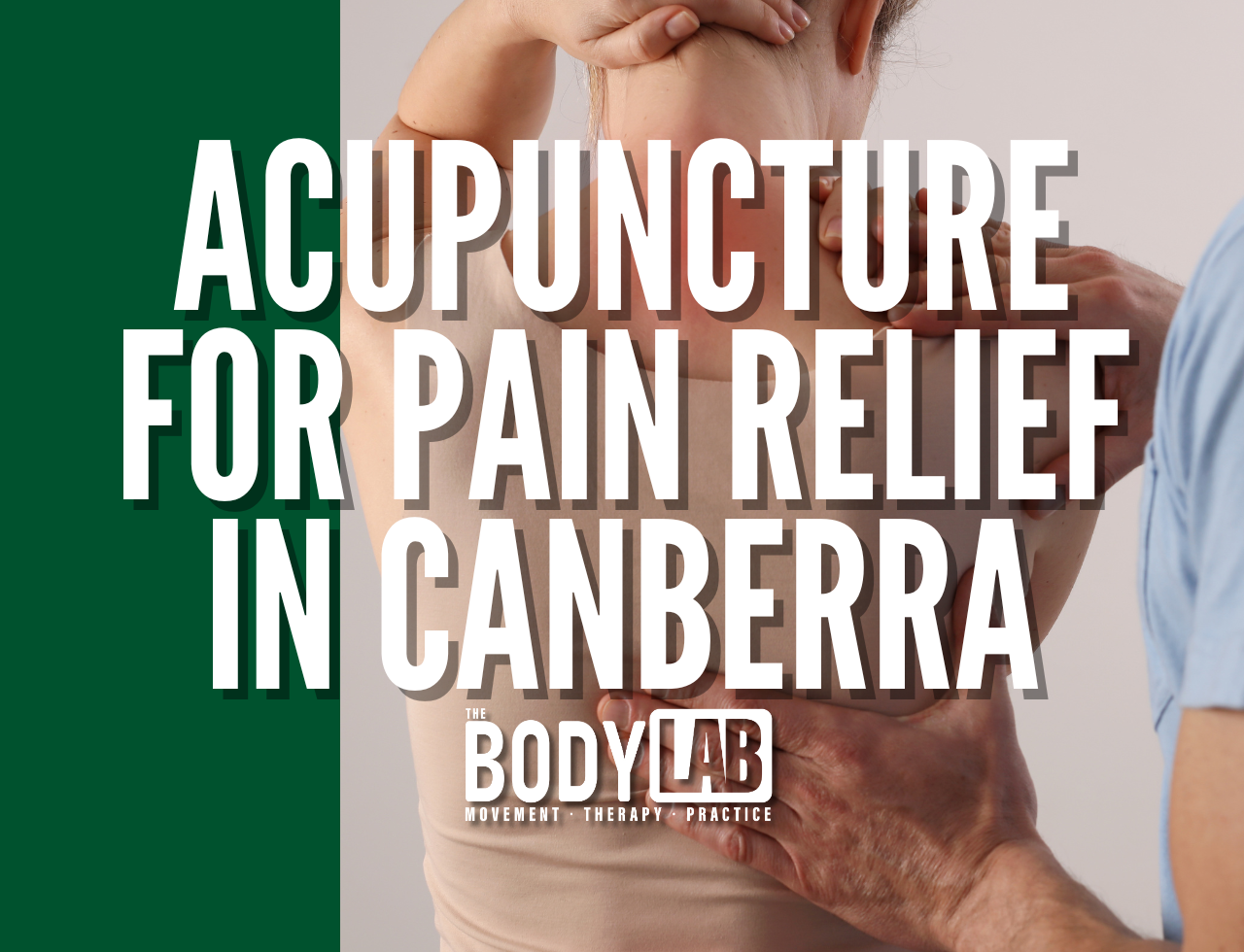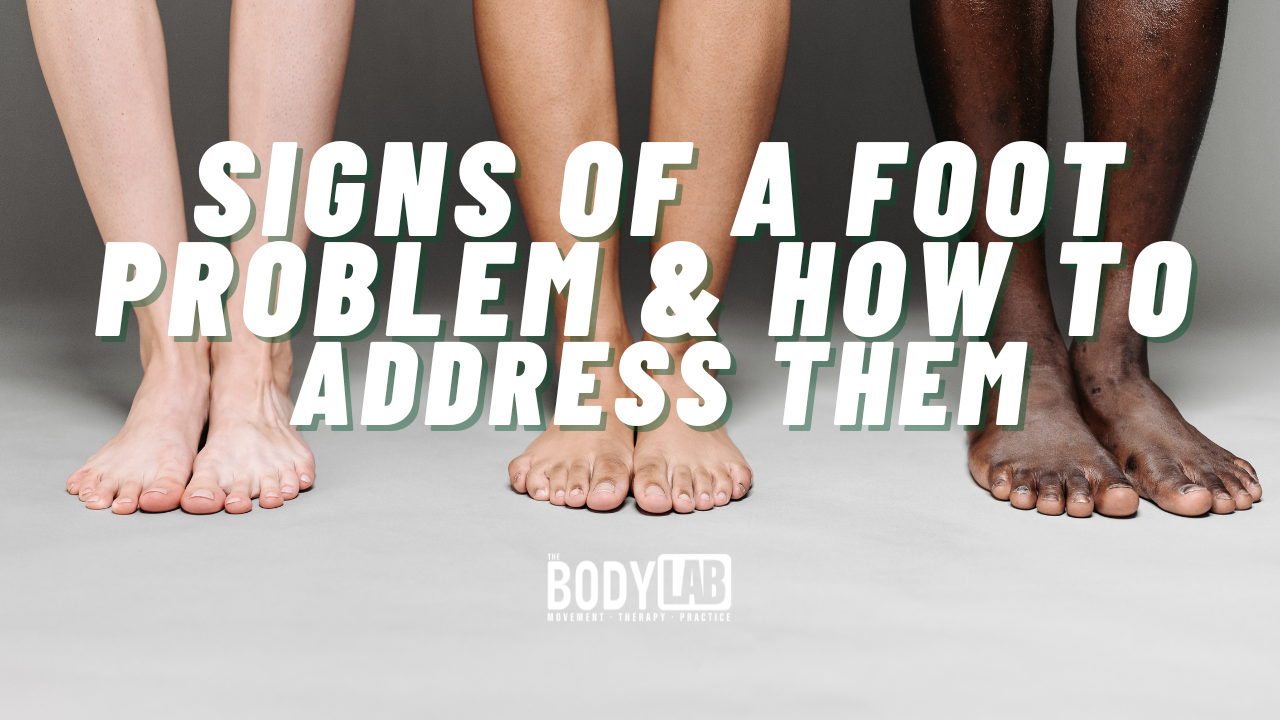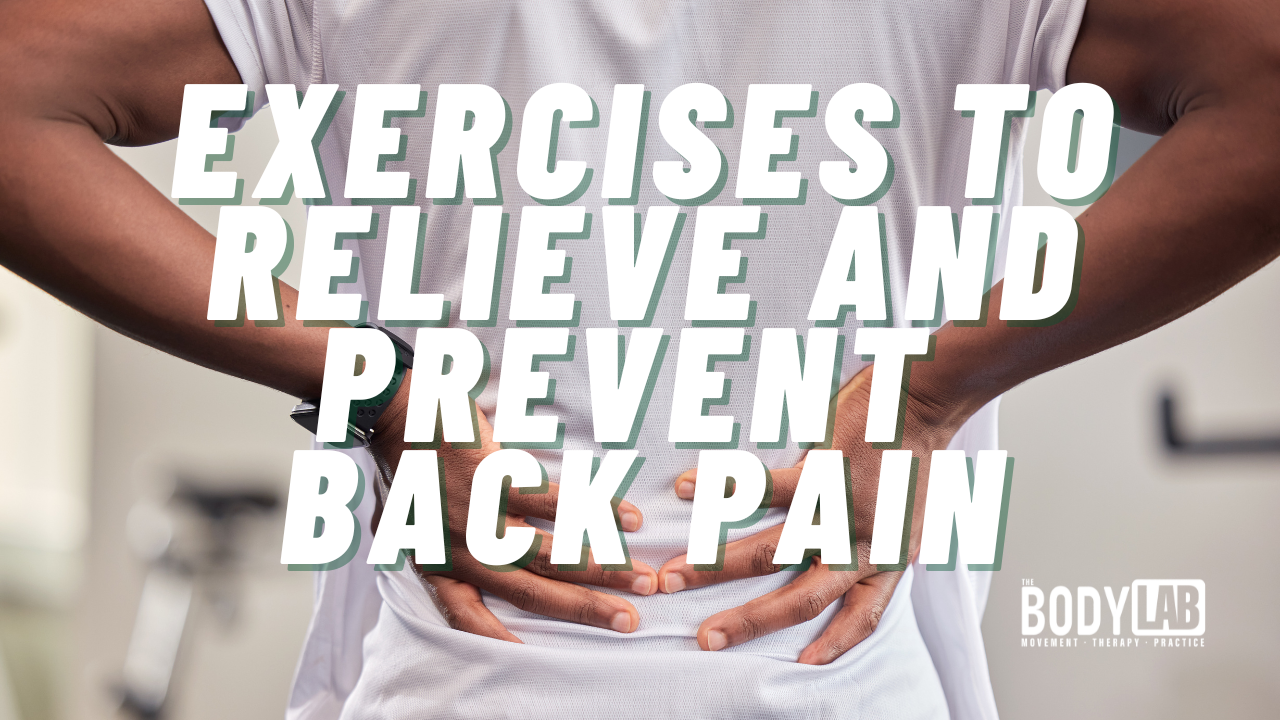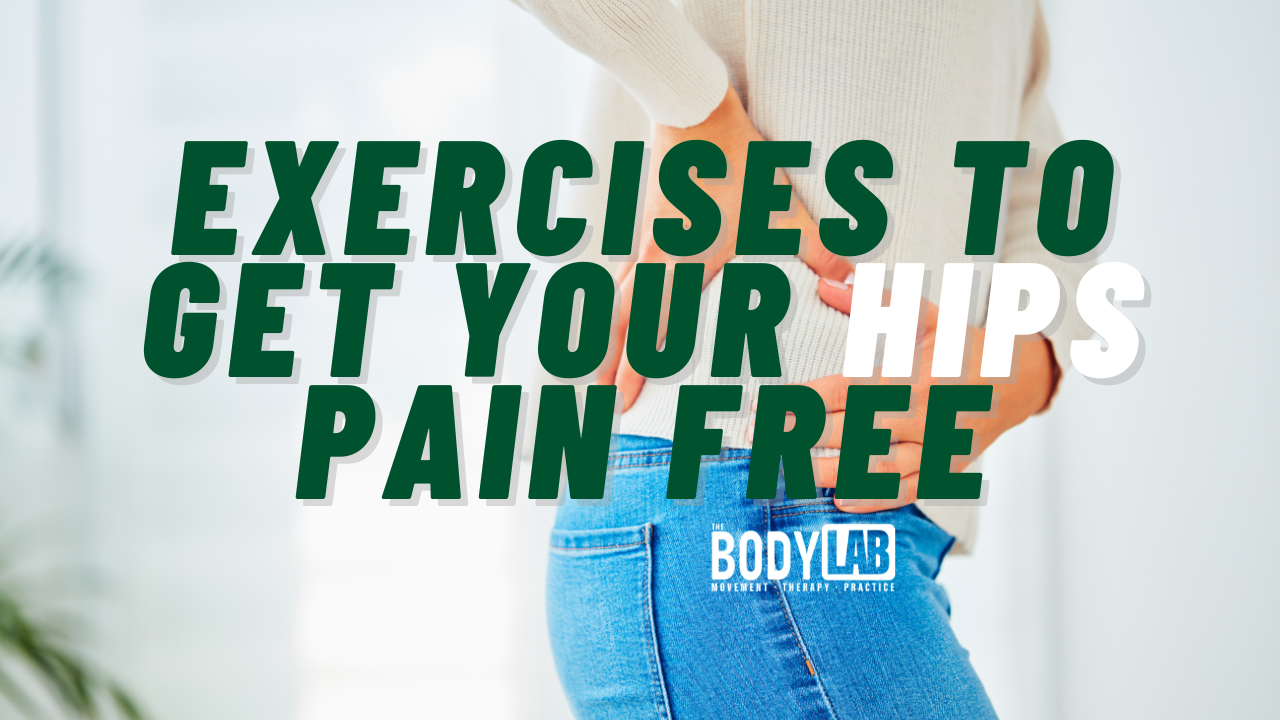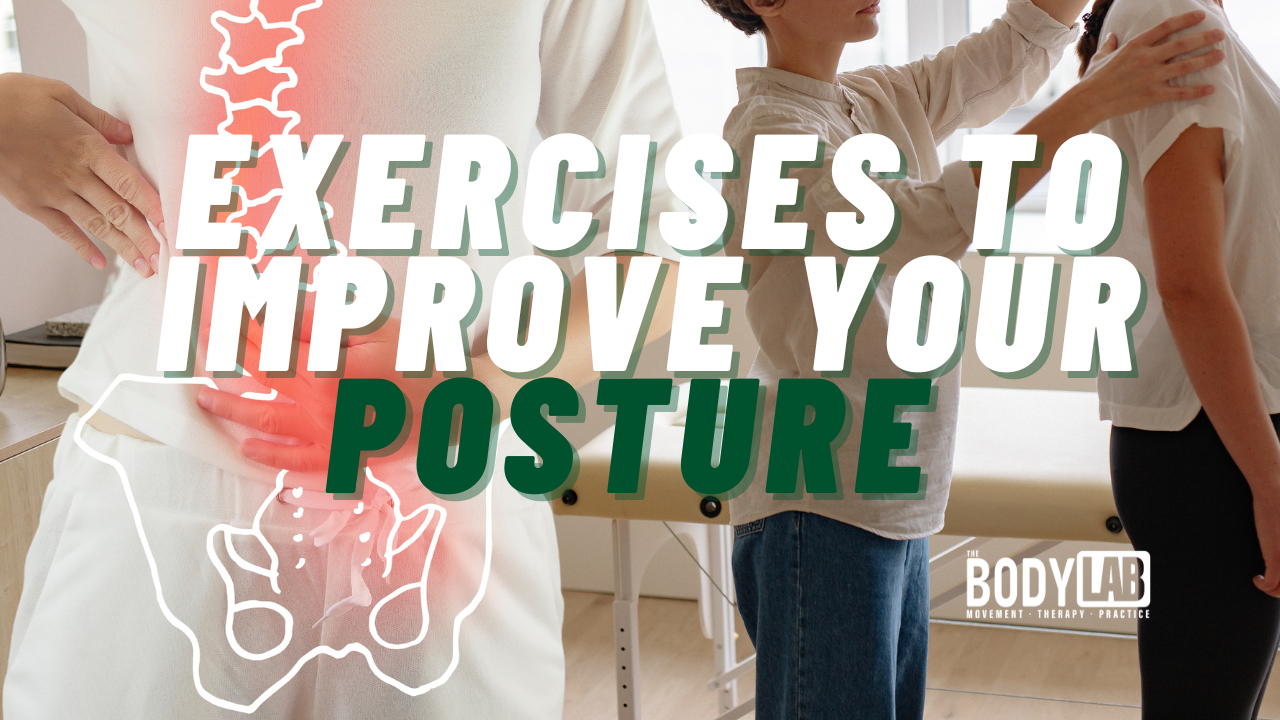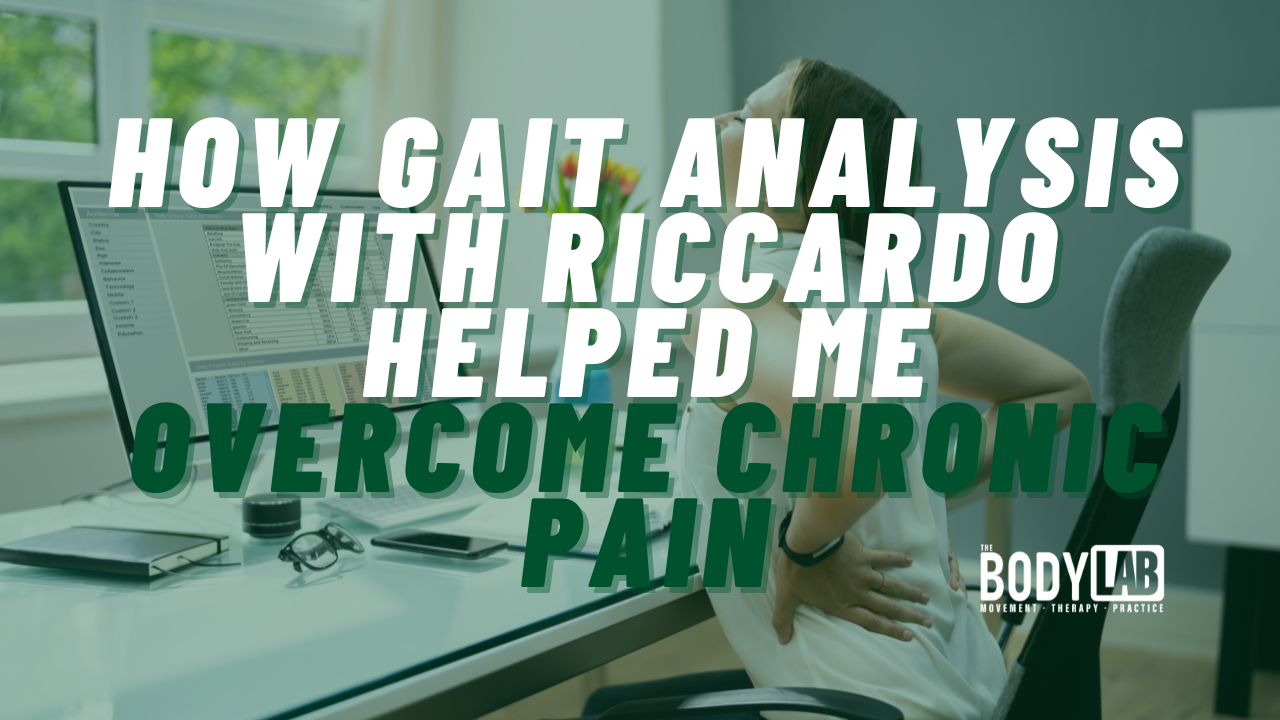The Foundation of Movement – Understanding how you walk
The Foundation of Movement – The Body Lab
When people come to see me at The Body Lab, they often think the problem is in just one spot — maybe their foot hurts, or they have a sore knee or a stiff back. But the truth is, our body works as a team. If one part isn’t doing its job well, the others have to work harder to keep us moving. That’s why I look at how everything moves together, especially when you're walking.
Think of your body like a chain of gears. If one gear is stuck or rusty, it affects the whole system. That’s what I look for — how each joint and muscle moves as you walk. The walking cycle has two big parts: when your foot hits the ground (I call this the loading or “stance" phase), and when your foot pushes off the ground (the “toe-off" phase). If one of these parts isn’t working properly, your body has to find another way to move, which often leads to pain or injury.
Most of the time, people don’t notice these issues right away. They start off small. Maybe your foot rolls too far in or doesn’t roll in enough. Maybe your hips don’t shift properly, or your spine twists too much on one side. But over time, these small things add up. Your body adapts in ways that are helpful in the short term but can cause bigger issues down the track.
What Does the Walking Model Mean?
At The Body Lab, I use something I call the Walking Model. That’s just a fancy way of saying I watch how your whole body flows from one movement to the next, especially when walking. I look at how your foot, ankle, knee, hip, spine, ribs, shoulders, and head all move — and whether they’re moving in the right order and direction.
This isn’t about trying to make your movement look perfect. It’s about understanding how your unique body moves and what might be causing stress or pain. When you walk, each part of your body has a job to do — and they all need to play their part at the right time. If they don’t, it’s like a sports team where one player is slacking off, and everyone else has to work harder to make up for it.
What the Research Says
Scientists and therapists around the world agree — issues in the foot often lead to problems in the knee, hip, and even your spine [1,2,3]. For example, if your foot can’t pronate properly (that’s the part where it flattens a bit to absorb shock), then your knee might twist awkwardly, or your hip might lock up. Over time, this changes the way you move and puts extra pressure on your joints and muscles.
Research also shows that walking is one of the best ways to check for movement problems. Gait analysis — looking at how someone walks — can help find hidden problems that might not show up in a basic exam [2]. That’s why walking is the first thing I check.
A Real Case Study: Sarah’s Sore Back
Let me tell you about Sarah (name changed for privacy), a 42-year-old teacher who came to see me with chronic low back pain. She’d been to physios, chiropractors, and even tried Pilates. Nothing seemed to help for long.
When she came in, I watched her walk. I noticed she wasn’t rolling through her feet properly. Her left foot didn’t pronate — it stayed stiff and high-arched. This made her knee and hip move differently, and her spine had to twist more to make up for it. Over time, this extra twist in her lower back had caused tension, fatigue, and eventually pain.
We didn’t start with her back. We started with her feet. I taught her how to gently load and roll through that left foot again. We added some easy movements to get her hips and spine moving together more smoothly.
After a few sessions and some practice at home, Sarah’s back pain started to ease. She could stand longer without discomfort, and she felt more balanced when walking. It wasn’t magic — it was simply helping her body move the way it was designed to.
How I Can Help You
When I work with someone, I always start by listening to their story. I want to know what’s been going on in your body, how long it’s been bothering you, and what you’ve tried before. Then I watch how you move. We might do some simple walking, standing, or balance tests — nothing fancy, but very effective.
From there, I design a program just for you. It might include foot mobility work, spine stretches, or strength training. It always includes education — so you understand what’s happening in your body and how to fix it.
Walking is one of the most natural things we do. But for a lot of people, it doesn’t feel natural anymore. My job is to help you walk, move, and feel better — not just in your feet, but through your whole body.
Don’t just focus on the sore spot — let’s look at how your whole body moves and fix the real problem. When your body moves well, everything feels better.
References:Pohl MB, Hamill J, Davis IS. Biomechanical and anatomic factors associated with a history of plantar fasciitis in female runners. Clin J Sport Med. 2009;19(5):372–6.Schneiders AG, et al. Functional movement screen normative values in a young, active population. Int J Sports Phys Ther. 2011;6(2):75–82.Levinger P, Gilleard W. An investigation of the relationship between foot posture and lower limb kinematics during walking. Gait Posture. 2007;25(3):318–24.
ACL injuries are sidelining top female athletes like Sam Kerr and Mary Fowler — but why are women more at risk? From hip width to foot mechanics, this blog explores the real reasons behind ACL ruptures in women’s sport, and introduces a missing link many overlook: movement-based overpronation. Learn how The Body Lab helps athletes move smarter and stay injury-free.
Is your bunion really the problem—or just your body’s backup plan? Discover the real reason bunions form, why movement matters, and how a foot-first approach can help you walk pain-free. Join our expert-led webinar on bunions and plantar fasciitis.
Think your spine has to stay in one “perfect” position to be healthy? Think again. Discover why “neutral spine” is a misunderstood concept and how your back is designed to move — not lock up. Backed by research and easy movement tips, this post helps you understand your unique posture and how to fix pain without forcing stiffness.
Discover the root causes of bunions and plantar fasciitis in this ATMS webinar series led by Riccardo from The Body Lab. Perfect for massage therapists, physios, Pilates instructors, and movement specialists, the sessions explore how to truly restore foot function—without surgery or orthotics. Plus, get a sneak peek into Riccardo’s upcoming foot pain programs launching soon.
Think your tight muscles are the problem? Think again. At The Body Lab, we assess how your joints initiate movement — and how your muscles and nervous system respond. If you’re stuck in pain, posture issues, or recurring injuries, the real cause might be a joint that’s not moving well. This blog unpacks why joints move first, how your brain creates your resting posture, and how to break free from the tight–stretch–repeat cycle for good.
Discover how I use whole-body movement analysis at The Body Lab to improve walking, fix pain, and help you feel more balanced from the ground up.
Concussions are more than just a bump to the head—they’re complex brain injuries. Yet most conventional treatments ignore the cranium itself. This article explores emerging research supporting CranioSacral Therapy and acupuncture as promising approaches for post-concussion syndrome (PCS). Backed by evidence, personal testimonials, and a deeper understanding of what actually happens to the brain during a concussion, we also highlight essential self-care practices to support recovery. A bruised brain deserves better—and that means treating the root, not just the symptoms.
Still struggling with concussion symptoms in Canberra? Discover a holistic therapy approach combining cranial therapy and acupuncture at The Body Lab. Personalised, drug-free concussion recovery that goes beyond diagnosis.
Magnesium Types & Benefits – Not all magnesium supplements are the same! This guide highlights the best types of magnesium for brain health, sleep, anxiety, digestion, and general supplementation. Learn which form offers high brain absorption, relaxation benefits, or digestive support, so you can choose the right one for your needs.
Pes cavus, or high-arched feet, can lead to foot pain, instability, and increased risk of injuries. In this guide, we’ll help you identify the key signs of high arches, common symptoms, and how they affect movement. Learn how gait analysis, movement therapy, and posture retraining at The Body Lab Canberra can help improve foot function and prevent long-term issues.
High Arched Feet? Here’s What You Need to Know!
Got high arches? It could be causing foot pain, instability, or even lower back issues! Unlike flat feet, high-arched feet lack shock absorption, putting excess pressure on the heel & forefoot.
🔍 Signs You Might Have High Arches:
✅ Foot pain, calluses, or frequent ankle sprains
✅ Tight calves & Achilles tendon
✅ Difficulty balancing on uneven surfaces
💡 What Can You Do?
✔ Strengthen your feet with mobility & stability drills
✔ Wear cushioned, supportive footwear
✔ Improve movement patterns with a gait assessment
Struggling with foot pain? Let’s get you moving pain-free!
Arthritis in the hips, knees, ankles, or feet can significantly alter your gait, leading to pain, stiffness, and compensatory movement patterns. Over time, these changes can affect posture, increase the risk of falls, and contribute to joint stress elsewhere in the body At The Body Lab in Canberra, I specialise in movement analysis, mobility training, and rehabilitation programs to help you maintain optimal gait and joint function. By focusing on strengthening key muscles, improving balance, enhancing joint mobility, and correcting walking patterns, you can prevent arthritis-related gait changes and stay mobile longer.
If you’re experiencing discomfort while walking, book a consultation today to regain control over your movement and reduce pain.
The knee is often considered a simple hinge joint, responsible for bending and straightening the leg. However, its mechanics are far more complex. The knee functions as a dynamic structure, accommodating movement across multiple planes while responding to forces from above (the pelvis and femur) and below (the tibia and foot). Understanding knee function requires looking at its three-dimensional movements and how they interact with surrounding structures.
At The Body Lab, I specialize in assessing and improving movement mechanics to prevent and rehabilitate knee injuries. My approach integrates gait and biomechanical analysis, hands-on therapy, and individualized movement programs. If you’re struggling with knee pain or want to enhance your movement efficiency, book a consultation today and take the first step toward pain-free movement.
Your feet are the foundation of movement, but how well do they actually function? Assessing Your Feet with Movement: A Scientific Approach to Foot Function explores the biomechanics of foot motion, highlighting key movement patterns that impact balance, stability, and overall mobility. By understanding how your feet move—or don’t—you can uncover dysfunctions that contribute to pain, injury, or performance limitations. Dive into the science of foot mechanics and learn how to optimize foot function for better movement and long-term health.
Struggling with muscle pain, tension, or restricted movement? Canberra Dry Needling offers a safe and effective solution for pain relief and recovery. Using fine, sterile needles to target myofascial trigger points, dry needling helps release tight muscles, improve mobility, and accelerate healing. Whether you’re dealing with chronic pain, sports injuries, or postural imbalances, this evidence-based therapy can get you back to moving pain-free. Discover the benefits and book your session today!
Is It Really Plantar Fasciitis? Time for a Rebrand on Heel Pain
Plantar fasciitis has become the go-to diagnosis for heel pain, but is it always accurate? With so many possible causes—nerve irritation, tendon dysfunction, or even biomechanical imbalances—lumping every case under the same label can lead to ineffective treatment.
In this article, “Time for a Rebrand: Plantar Fasciitis or Heel Pain?”, originally written for the Australian Traditional Medicine Journal, I break down what’s really happening underfoot, explore alternative causes, and discuss why a more precise approach is key to lasting relief. If you’ve been struggling with heel pain and the standard solutions aren’t working, this is for you.
Acupuncture & Cranial Therapy for Hay Fever Relief in Canberra – Struggling with allergies? Canberra’s high pollen counts make hay fever a challenge, but acupuncture and cranial therapy offer a natural, drug-free solution. Backed by scientific research, this approach helps clear sinus congestion, reduce inflammation, and strengthen the immune system. Book your session today and breathe easier
Experience acupuncture for labour induction with Riccardo at Canberra Induction Centre. With over 15 years of clinical expertise and an 80% success rate within 12 hours, Riccardo integrates traditional acupuncture with modern techniques, including Manaka’s Ion Pumping Cords, to optimise birth readiness. His personalised approach addresses body mechanics, stress levels, and hormonal balance, ensuring a safe, natural, and effective labour induction. Book your session today!
Your gait—the way you walk—plays a crucial role in overall movement efficiency, injury prevention, and pain management. At The Body Lab in Canberra, our comprehensive gait analysis breaks down each phase of your stride, identifying imbalances and inefficiencies that may be affecting your performance or causing discomfort. Whether you’re an athlete, recovering from injury, or simply looking to move better, our expert assessment provides personalised insights and corrective strategies to enhance your gait. Book your gait analysis today and take the first step towards pain-free movement!
Osteoarthritis is often misunderstood and poorly managed, leaving many people feeling trapped by joint pain. But your joints are not as fragile as you might think. Even after arthritis develops, movement, strength, and smart lifestyle choices can keep your joints functioning for longer.
At The Body Lab, I help people move pain-free through biomechanics-based assessments, manual therapy, acupuncture, and personalised strength and mobility programs. Whether you’re looking to improve joint function, reduce pain, or stay active despite osteoarthritis, I provide science-backed solutions to help you move better and feel stronger.
Your joints are designed to move—let’s make sure they move well.
📍 Book an appointment today and take the first step towards better mobility and long-term joint health.
Do your knees crackle, pop, or grind when you move? This common phenomenon, known as knee crepitus, affects 41% of the population and up to 81% of those with osteoarthritis. While sometimes harmless, crepitus can indicate underlying issues like cartilage changes, joint instability, or muscle imbalances. At The Body Lab, we specialize in identifying the root causes of knee crepitus through movement assessments, strength and stability exercises, and tailored treatments like acupuncture and biomechanics education. Don’t ignore those noisy knees—address them early to prevent further issues and restore pain-free movement. Book your knee health assessment today! 👣
Flat feet can cause discomfort and affect your entire body’s alignment. Through mobility, strength training, and dynamic movement, you can find lasting relief. Learn how to assess your foot mechanics, implement effective exercises, and discover the transformative benefits of the Flat Feet Fix Program.
The Body Lab - Programs
Core Training vs Core Strengthening: Why Training Comes Before Strengthening
Most people think core exercises are all about crunches and planks. But here’s the kicker: if you skip core training and dive straight into core strengthening, you might be doing more harm than good. Core training focuses on retraining your deep stabilisers—like the transversus abdominis and pelvic floor—to work in harmony. It’s the foundation you need before building strength.
Research shows that poor core activation can lead to pain and injury far beyond your back, from dodgy knees to plantar fasciitis. At The Body Lab, we combine science-backed techniques and personalised assessments to ensure your core works with you, not against you.
Coming soon: Our Core Training and Strengthening Program—perfect for clients wanting pain relief and therapists looking to upskill.Let’s fix your foundation, one step at a time.
Discover effective, drug-free pain relief with acupuncture at The Body Lab in Canberra. Our experienced practitioner, Riccardo, combines Classical Chinese Acupuncture with advanced biomechanics and movement therapy to treat conditions like migraines, neck pain, back pain, arthritis, and sports injuries.
Learn how to identify, treat, and prevent foot problems in this comprehensive guide. From common conditions like bunions, plantar fasciitis, and Morton’s neuroma to the best exercises for foot pain relief, this article offers expert advice on maintaining foot health. With tips on self-diagnosis, when to seek medical help, and the best treatments based on scientific research.
Strengthen and stretch your back to prevent and relieve back pain with targeted exercises like Cat-Cow, Piriformis Stretch, and Nerve Flossing. These research-backed stretches improve spinal flexibility and relieve tension. Whether you’re managing sciatica or general discomfort, these exercises are effective for building a healthy, pain-free spine.
Improve your hip flexibility, strength, and mobility with targeted exercises to reduce pain and prevent injury. Strengthening the muscles around your hips, such as the glutes, hamstrings, and hip flexors, helps support healthy movement and relieves discomfort.
Improve your posture and reduce back, neck, and shoulder pain with expert-recommended exercises. Discover effective posture-correcting movements such as planks, wall angels, and thoracic extensions to strengthen core muscles and improve spinal alignment. These exercises, backed by scientific research, help balance your centre of mass, enhance mobility, and prevent future posture-related issues.
Discover effective foot pain relief exercises to strengthen weak arches, prevent plantar fasciitis, and improve overall foot health. Learn expert-recommended stretches and movements that boost flexibility and mobility, backed by scientific research.
How Gait Analysis with Riccardo in Canberra Helped Me Overcome Chronic Pain Discover how Riccardo’s gait analysis and movement assessment in Canberra provided long-term relief for foot, knee, and back pain. Learn more about this personalised approach to chronic pain management
